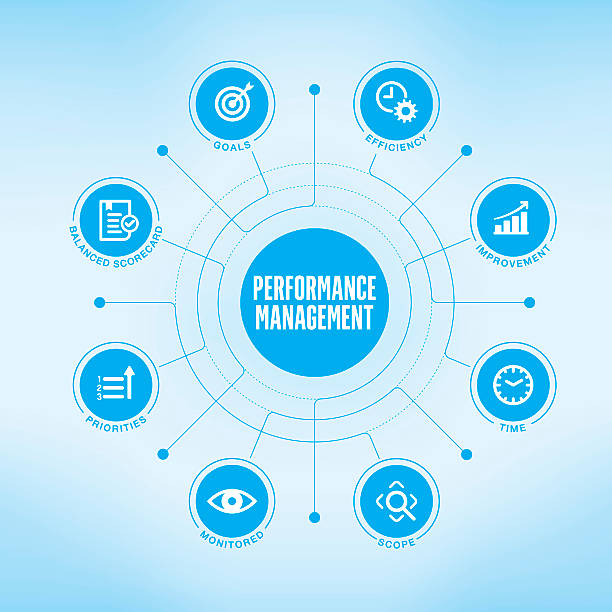balanced scorecard
In an economy dominated by material goods, economic and financial measures can represent the value of a company and measure the effectiveness of their business strategy.
In today’s economy, in which intangible assets have become the main source of competitive advantages, tools capable of measuring non-monetary assets are needed.
Many companies encounter difficulties in managing such assets that are difficult to identify and to assess. In order to help in this arduous task Robert S. Kaplan and David P. Norton have introduced the Balanced Score Card (BSC) methodology which aims at building a balanced evaluation sheet that allows to evaluate and to manage the strategy of an organization with the help of monetary and non-monetary indicators related to the tangible and intangible assets.

The tendency to rely solely on financial data has encouraged short-term thinking and has privileged immediate performance over the creation of value on the long-term.
The first objective of the BSC was to integrate the ex-post financial indicators with indicators of the future performance. The second was to identify the indicators that pushed companies to make the right choices. These indicators must be able to measure the strategy.
The implementation of a strategy requires that all business functions and employees are aligned with it. With rapid changes occurring in the field of know-how, legal regulations and the markets, the updating and the implementation of the strategy must become a continuous process in which all members of the organization should participate.
THE BALANCED SCORECARD IS A TOOL FOR MANAGING THE STRATEGY

BSC provides a method that allows all elements of the company to collaborate in the best possible way with the aim to create value.
The principles of a strategy-oriented organization are:
- Make strategy a continuous process
- Translate the strategy into operational terms
- Align the organization to the strategy
- Make strategy everyone’s daily work
- BSC and SBC (Systemic Business Concept)
The BSC must be included in a systemic business concept.
So, it is necessary to know and to manage the existing relationships between the various units that make up the company.
The company must identify the relations from which it expects the creation of synergies and set in motion actions that trigger these correlations. Often, companies are divided into units such as: production, logistics, sales, etc .. which leads to the setting of sectorial strategies, aimed only at achieving objectives relevant for their specific function.
This approach is based on the assumption that it is natural that those in charge of the organization and strategy of a business unit do not coordinate themselves with the other areas, and do not set shared objectives.
In this way, silos arise that often pose strong obstacles to the implementation of a shared strategy.
Companies that have a systemic view of their business, are able to break down these barriers and to develop strategies that go across the various parts of the company.
This strategy must then be transferred from the boardroom to all employees of the company.
Michel Porter identifies the activities in which an organization decides to excel as the basis of its strategy: “All the differences in costs or price between one company and another depend on the hundreds of activities required to create, produce, sell and deliver products or services. The differentiation arises from the choice of activities and the way in which they are carried out.”
the strategy
The strategy must not represent an isolated element in the life of the company, but must be an integral part of the company’s management and closely related to its mission.
The BSC allows you to move from planning exclusively based on the measurement of material assets into a process with which you can examine the strategy to create value under four different angles:
Economic financial: growth and profitability
Customers: create value and differentiate yourself from the competition
Internal business processes: optimization of internal business processes
Learning and growth: creating a climate that favours innovations and knowledge of the company.

We can distinguish between external variables and internal variables:
External variables are:
- Economic-financial
- Clients
Internal variables are:
- Learning and growth
- Internal business processes
It can therefore be said that the company has two fundamental internal tools to develop the strategy and achieve its objectives:
- The organization of processes
- Knowledge
The steps for building the BSC:
- Analysis and preparation phase
- implementation phase
- Relapse phase
- Reflection phase